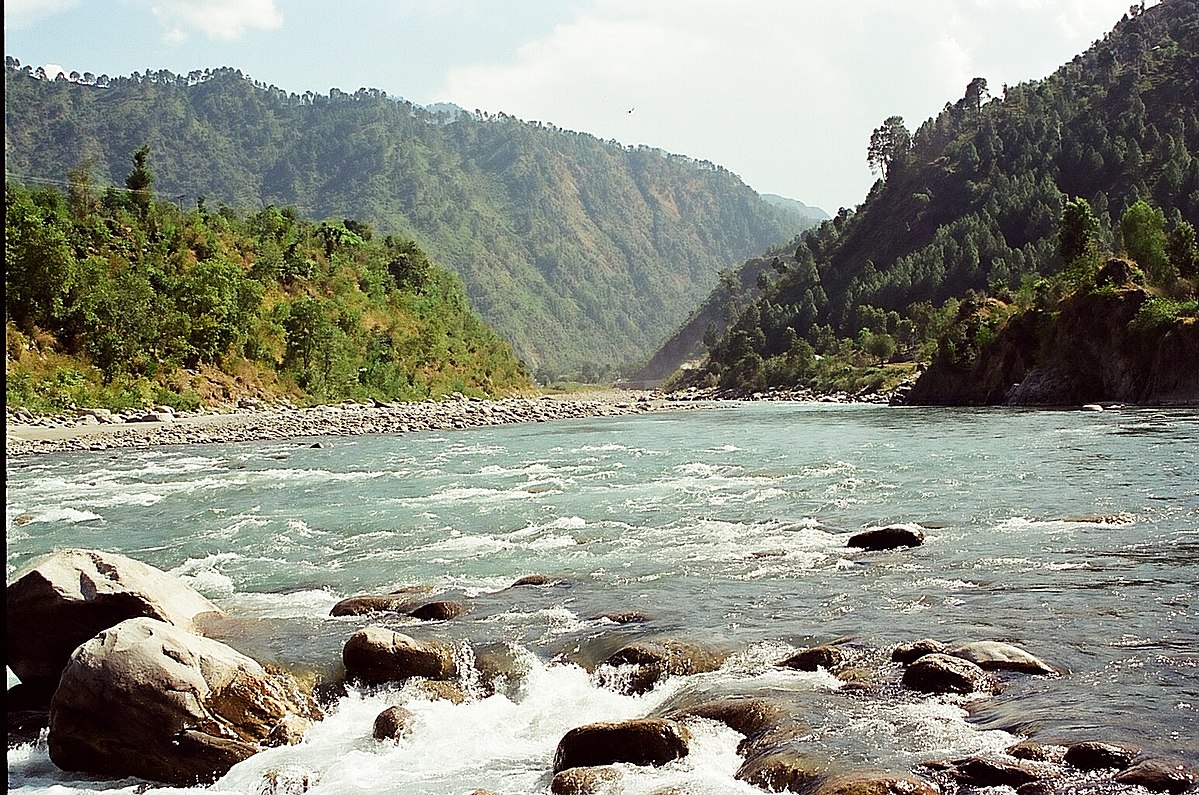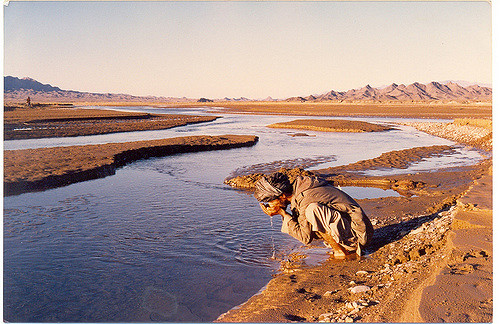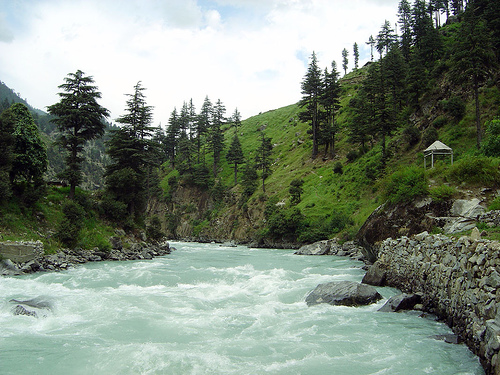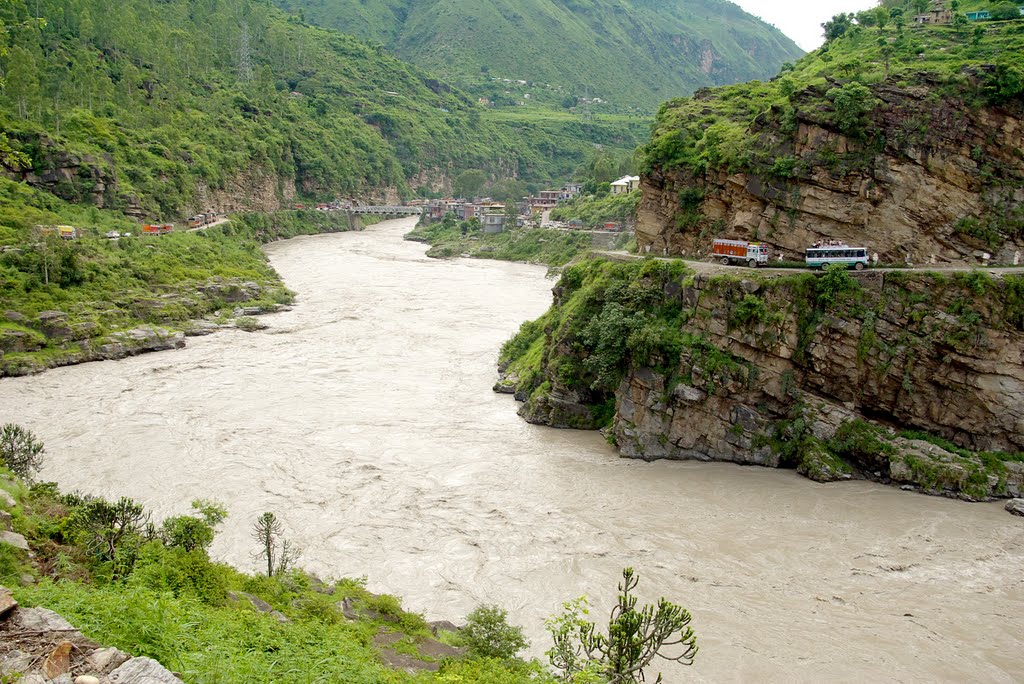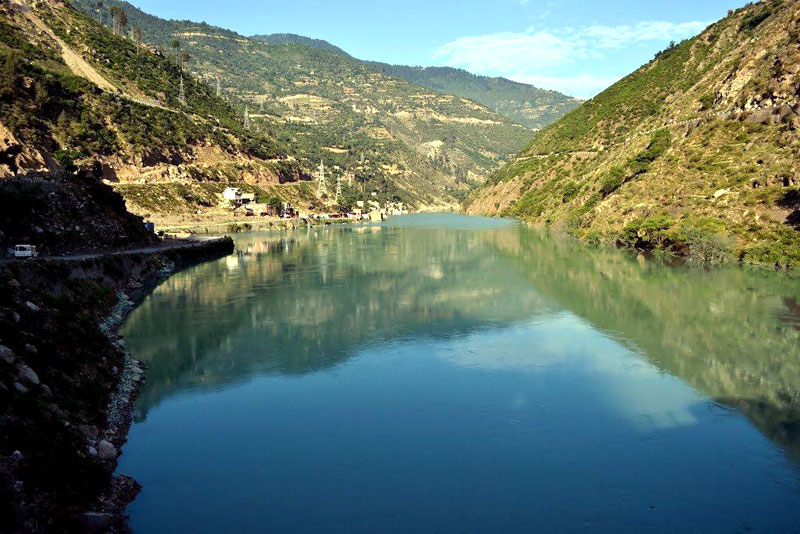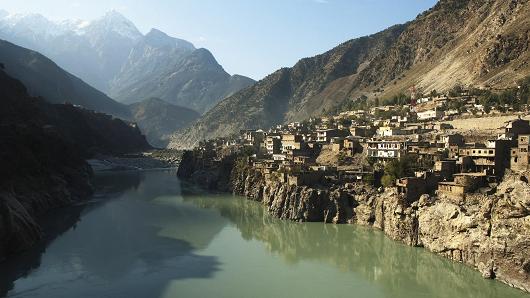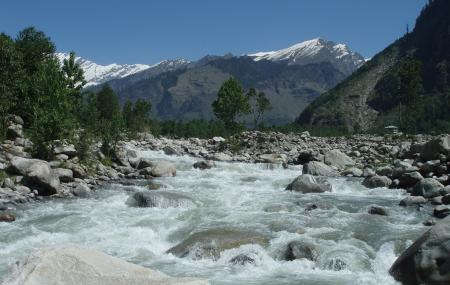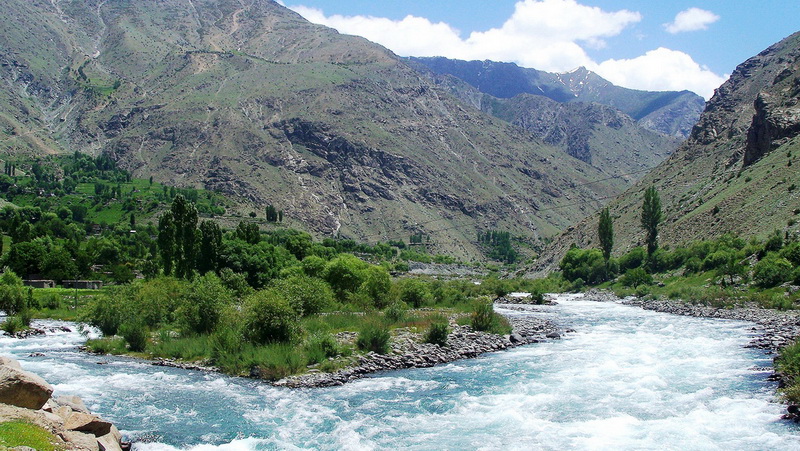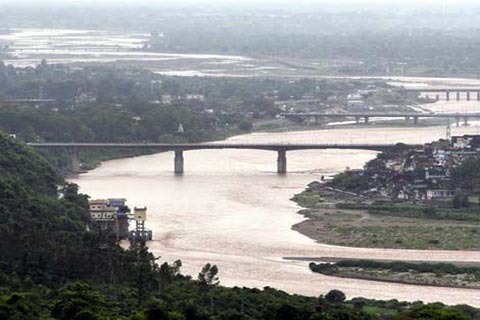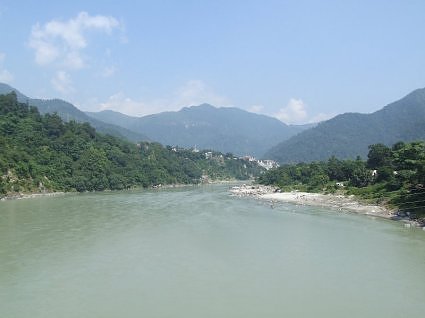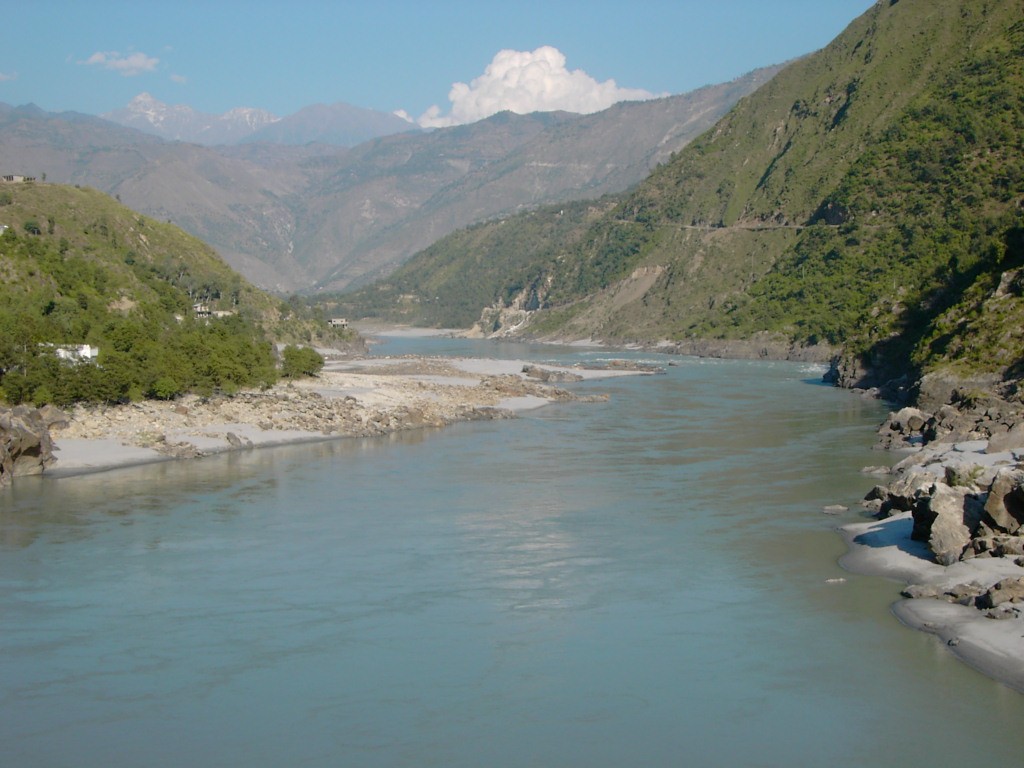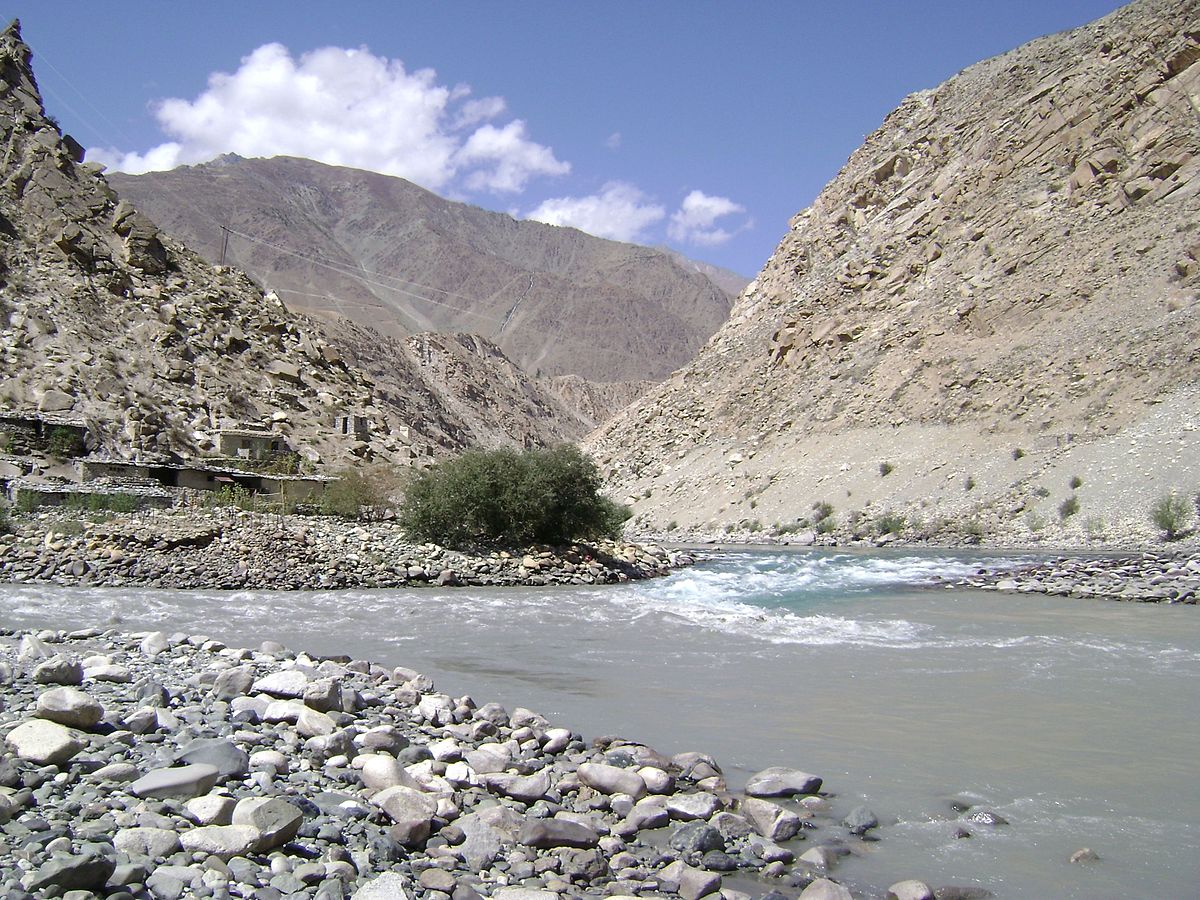Rivers are the crucial bit of any country as it expects a key part in water framework systems and raises the economy of the country by lifting its agriculture. Pakistan has various rivers joined by delightful valleys. Here we have some Popular Rivers of Pakistan. The accompanying is the once-over of some prominent rivers of Pakistan. The river course of action of Pakistan begins from the snow-secured Himalayan and the Karakoram expand.
The structure includes fundamentally five rivers that go for the most part through the Punjab domain; in this way the name ‘Punjab’ — ‘panj’ which implies five and ‘aab’ which implies water. The five rivers of Pakistan are Jhelum, Chenab, Ravi, Sutlej and Indus. Historically, Punjab was the name of the territory containing the current states of Punjab (Pakistan), Punjab (India), Haryana, Himachal Pradesh and Delhi.
The rivers travelling through this territory are a key topographical part of this land, thusly made this district surely understood with the name ‘put where there is five rivers’ or ‘Punjab’. Pakistan’s river structure involves more than sixty little and considerable rivers. Indus River, with a general length and the total surveyed yearly stream, is Pakistan’s longest and greatest river. This is a summary of a couple of rivers completely or not entirely in Pakistan. Here are some notable rivers of Pakistan.
Kunhar River
Kunhar River is arranged in North-West Frontier Province, Pakistan. A principal wellspring of the river is Lulusar Lake, around 48km from Naran Valley. Ice sheets of Malka Parbat and Makra Peak and the waters of Saiful Muluk Lake support the river. The Kunhar river trout is believed to be the best all through the sub-territory.
Ravi River
The Ravi River is a river in India and Pakistan. It is one of the five rivers which give Punjab its name. Ravi is another outstanding river from rivers of Punjab and is famous as the praised city of Mughal period Lahore is on its bank. Consequent to climbing from Himalaya in India, it goes into different urban groups of India before finally coming to Pakistan in Lahore. It is a vital bit of the two countries.
Zhob River
Zhob River is arranged in Balochistan, Pakistan. The meltwater from the Sulaiman Mountains outlines Zhob Rivers and it courses through Balochistan and channels into Gomal River. Zhob city is arranged on banks of Zhob River. The two focal leakage channels of the Zhob area are the Zhob River and the Kundar River, both stream into the Gomal River.
Ghizar River
The Ghizar River is a basic tributary of the Gilgit River. It rises as a little snow-diminish channel from the frigid masses on the northern inclinations of the gigantic Himalayan range. Rising from the ice sheets the Ghizar valley various little tributaries join the Ghizar River at better places along its course.
Gambila River
Gambila River, in like manner called the Tochi River, is arranged in Bannu District, North-West Frontier Province, Pakistan. Its source is the slants six miles south of the Safed Koh, the wellspring of the Kurram River, which it runs parallel too in conclusion joins. The Gambila is a crucial driver for the inhabitants of the Dawar valley.
Gomal River
This is another acclaimed river to which various lanes have been named in Afghanistan and Pakistan. Gomal University in Dera Ismail Khan is in like manner named by this river. The river begins from the springs of the prestigious and chronicled city of Ghazni.
Swat River
Swat River is a crucial driver in Pakistan beginning from the Hindukush Mountains managed by the ice sheets of this region. As evident by its name it is an important bit of the delightful city of Swat giving the genuine piece of water framework water to swat and Malakand.
Sutlej River
Another river from the five river plan of Punjab is Sutlej River. Beginning from a lake in Tibet, this river has a rich Tibet history as the capital of Tibet Empire depended on its bank in Tibet. From Tibet, it enters India and in the wake of experiencing various urban territories enters Pakistan and travels through Kasur and Bahawalpur before finally falling into Panjang River in Uch Sharif.
Gilgit River
The river as evident by its name is the river that travels through the incredible paradise city of Gilgit in northern domains of Pakistan. The river starts from the outstanding frosty masses of Shandur which is acclaimed for holding yearly polo festivity which is the most dumbfounding spot to have polo waves on it on the planet.
Chenab River
Chenab River is fourth from five river game plan of Indo-Pak Punjab. The river began from Himalaya in India and advances toward the valley of Jammu and Kashmir and decorate the valley with its snappy stream cherishing and enhancing the valley’s style. Like distinctive rivers, this river has similar parts of history related to it.
Indus River
The Indus River is a significant river in Asia which courses through Pakistan. It similarly has coursed through western Tibet and Northern India. Beginning in the Tibetan Plateau in the area of Lake Mansarovar, the river runs a course through the Ladakh region of Jammu and Kashmir, towards Gilgit and Baltistan and after that streams in a southerly heading along the entire length of Pakistan to join into the Arabian Sea near the port city of Karachi in Sindh.
Beas River
The Beas River is another very popular river of Pakistan which originates from India. This river comes to Pakistan from Himalayan Ranges.
Jhelum River
Jehlam River or Jhelum River is a river that streams in India and Pakistan. It is the greatest and most western of the five rivers of Punjab and experiences Jhelum District. It is a tributary of the Chenab River and has a total length of around 450 miles.
Hub River
Hub River is arranged in Lasbela, Balochistan, Pakistan. Hub river starts from the Pab Range in the southeastern Balochistan and continues with the edge of Sindh it accomplishes Hub and thereafter falls into the Arabian Sea.
Astore River
Astor River is a tributary of the Indus River and one of the rivers exhausting the Deosai Plateau, experiencing Astore Valley. The river begins from western grades of Burzil Pass. Astor river joins Gilgit River.
Tawi River
Tawi is a river that courses through the city of Jammu. Tawi river is in like manner saw as sacred and favoured, as is generally the case with most rivers in India.Tawi river begins from the sneak past of Kali Kundi ice sheet and flanking domain southwest of Bhadarwah in Doda District.
River Jindi
The River Jindi generally called Kot and Manzari Baba, begins in the slants of Malakand Agency, in the northern district of Charsadda, in Khyber-Pakhtunkhwa, Pakistan. In the midst of the early long extends of consistently, the River Jindi has an amazingly confined water supply, however, the mid-year months pass on with them much expected rain to water the region.
Rupal River
The Rupal River is an east-west chilly stream climbing from the meltwater of the Rupal Glacier in northern Pakistan. The stream courses through the Rupal Valley, south of Nanga Parbat, before swinging upper east to the town of Tarashing. The Rupal channels into the Astore River, which at last accomplishes the Indus close Jaglot.
Shingo River
The Shingo River is a tributary of the Suru River, and courses through the Ladakh area. The Shingo river enters India from Pakistan-controlled Kashmir and meets the Dras River, starting from Dras. 5km from Kargil the mixed river meets the Suru River and again re-enters Pakistani space.

